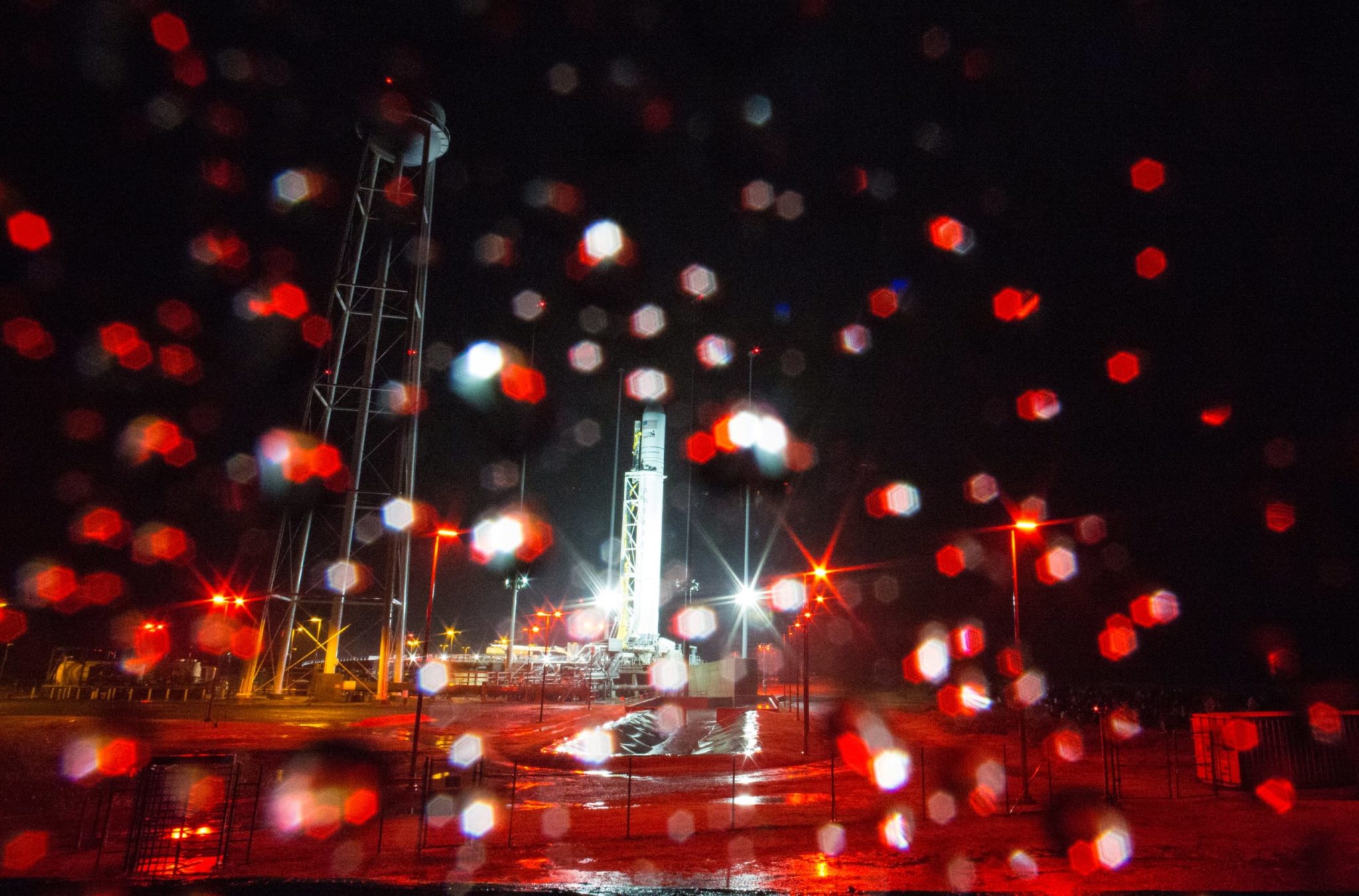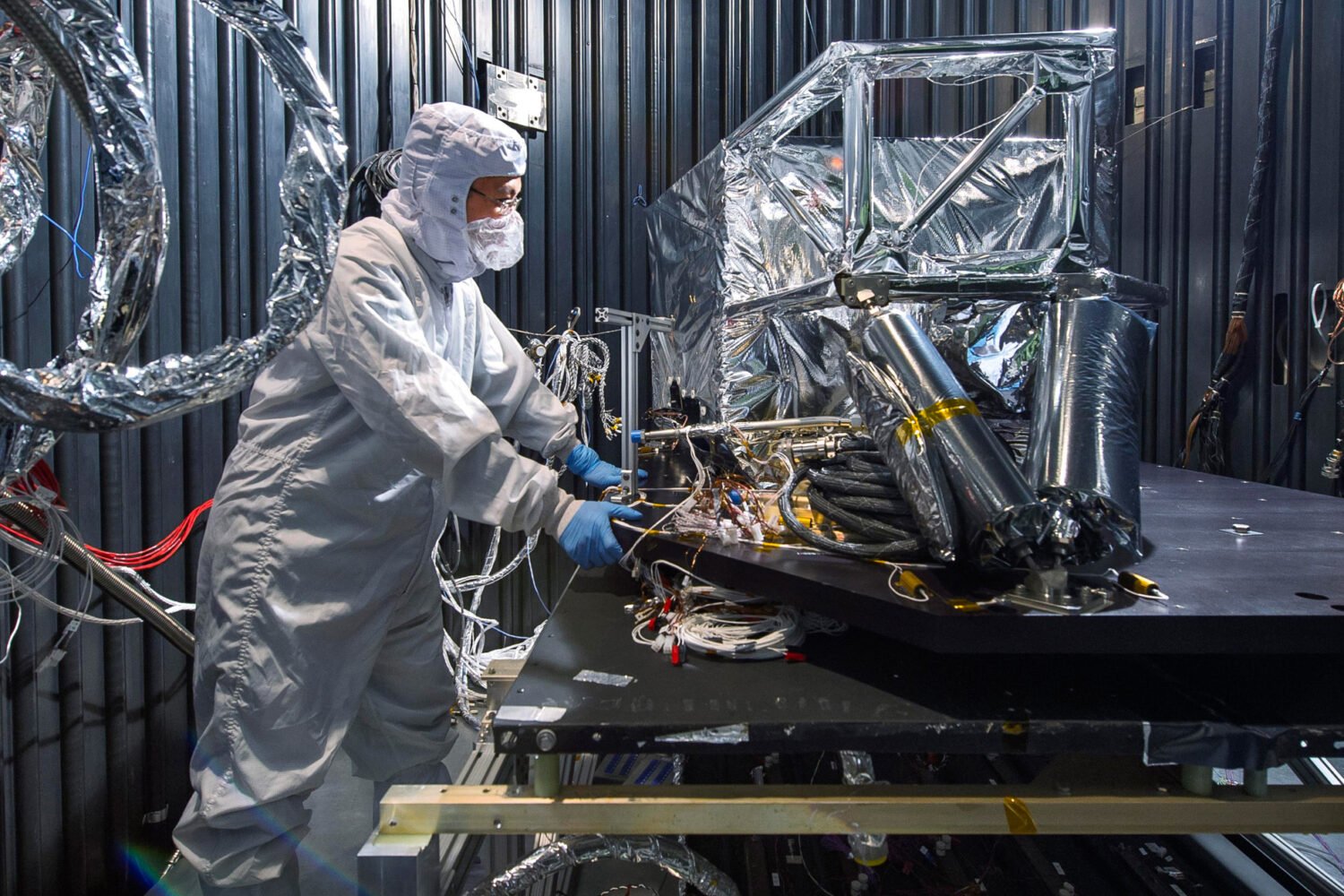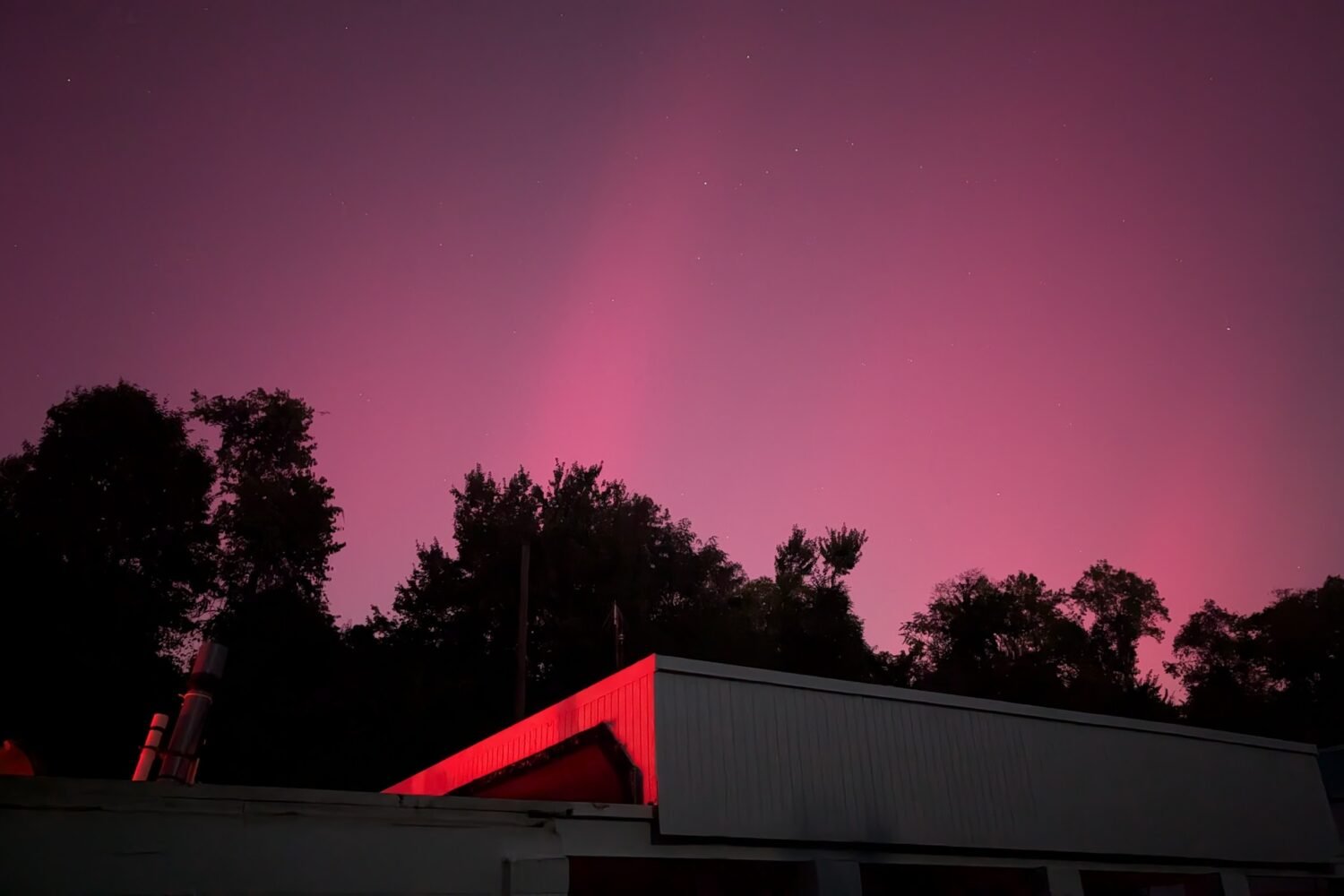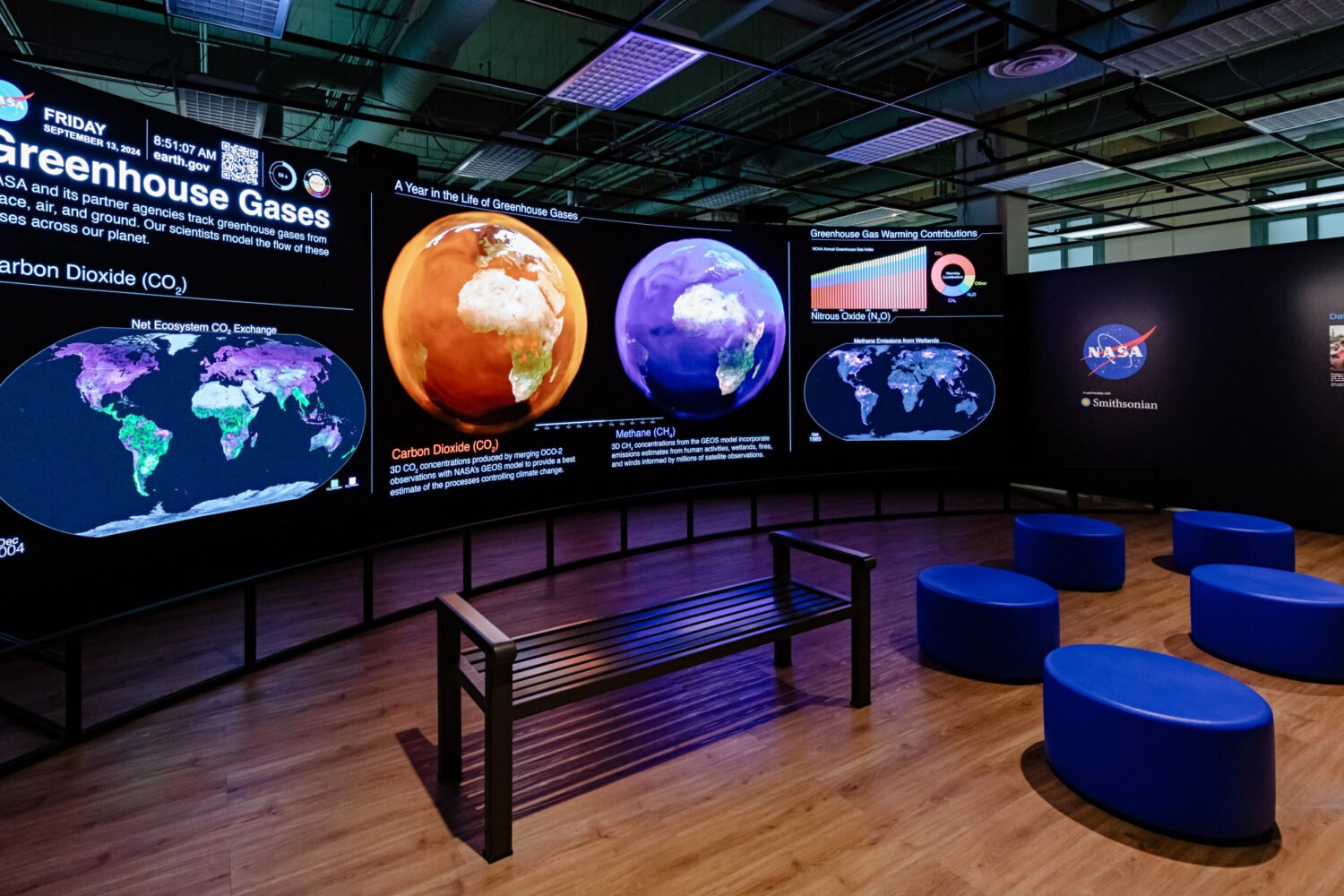After two consecutive cancellations due to dreary weather earlier this week, Northrop Grumman’s Antares rocket is scheduled to launch from NASA’s Wallops Flight Facility in Virginia at 4:01 AM Saturday. The rocket will transport the Cygnus cargo spacecraft to the International Space Station.
Wallops Island is near Chincoteague Island, about a three-and-a-half-hour drive from Washington, and large-scale rockets like the Antares usually launch only once or twice a year from the facility. But if you’re brave enough to wake up before dawn, you may be able to see the launch from here almost a minute after the launch.
“From the Washington area anywhere you can have a clear area looking out over the horizon to the east you should be able to see it,” says Keith Koehler, the news chief at NASA Wallops. If the skies are cloudless, getting to wide-open spaces or somewhere elevated will provide an unobstructed view. “It sounds like the weather forecast is great for tomorrow morning with clear skies, so if you’re out on like the National Mall, down towards the Lincoln Memorial area—I’ve seen photographs in the past from people that’ve shot it from there who’ve been able to see it,” Koehler says.
To check that your viewing spot will be effective, NASA has a website with a compass that will show mobile users if they’re facing the right way to watch the rocket. Gravelly Point Park, a popular location for viewing planes departing Ronald Reagan Washington National Airport, faces east and may have a horizon clear enough to view the rocket. Alternately, Fort Reno Park in Tenleytown is the highest point in DC, and facing the east should allow rocket visibility.
Alice Monet, cofounder of the Friends of the Arlington Planetarium, suggests taking advantage of the urban landscape to view the takeoff.
“Finding a high spot, such as a window in a high-rise building, or a rooftop (such as a parking deck) with a view to the southeast, would increase the chances of seeing the rocket,” she says. However, Monet warned that access to such places could be difficult at the time of launch—so be sure to check their rules in advance.
If that seems like too much trouble for 4 AM on a Saturday, you can also watch a stream of the launch on NASA TV.


















